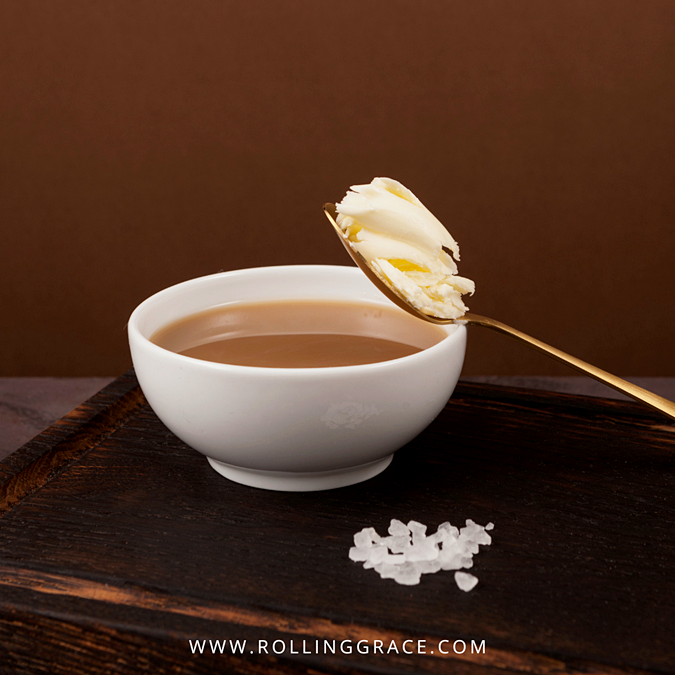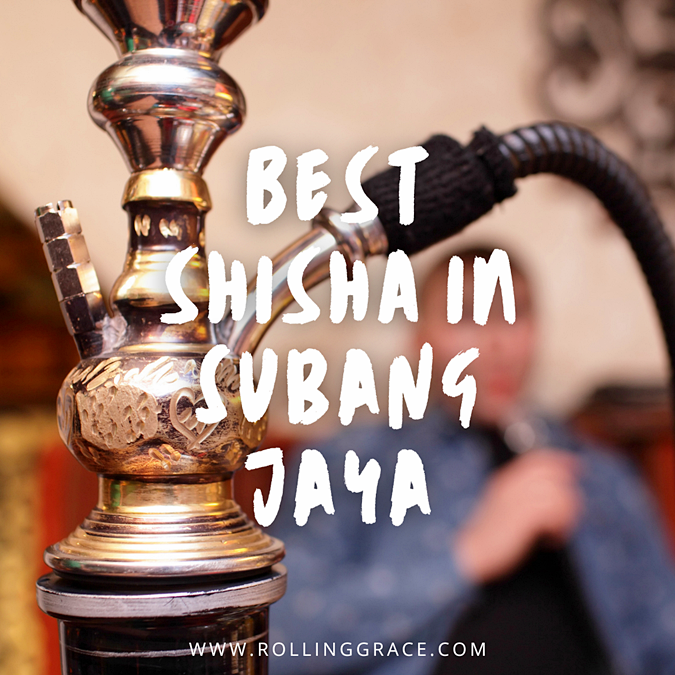Complete Travel Guide to Shangri-La, Yunnan, China
Shangri-La, also known as Zhongdian to the locals and pronounced as Xiang Ge Li la in Mandarin, is a breathtaking paradise located in southern China's Yunnan province. This magical town is situated at the convergence of Yunnan, Sichuan, and Tibet, where you can experience a rich tapestry of cultures, religions, and spiritual traditions.
This serene destination is surrounded by stunning natural beauty, including azure lakes, majestic alps, and verdant grasslands. The air is fresh and clean, and the winding roads through lush greenery will transport you to a different time and place.
If you're looking for a place to escape the hustle and bustle of everyday life and reconnect with yourself and the world around you, then Shangri-La is the perfect destination. With its vibrant festivals, ancient rituals, and awe-inspiring landscapes, this hidden gem is one of the earth's best-kept secrets.
Come and discover the magic of Shangri-La for yourself, and experience a world of wonder and beauty that will stay with you forever.
Read also: Du Fu Thatched Cottage, Chengdu
Table of Content
 |
| Shangri-La Travel Guide: Location, Attractions & Tips |
Complete Travel Guide to Shangri-La, Yunnan, China
Meaning of Shangri-La
Shangri-La was described in James Hilton's Lost Horizon as an other-worldly place of mystique, while the Tibetans refer to it as "sun and moon in heart", which makes it a divine and ideal home in heaven. Here, the locals walk tall and proudly, their skin bearing an enduring shade of bronze due to the unabating exposure to UV radiation.
In the past, it was known as Jiantang. Together with Batang in Tibet and Litang in Sichuan, these areas were ruled by the three sons of a Tibetan King. It wasn’t until 2002 that it received the name Shangri-La.
In the past, it was known as Jiantang. Together with Batang in Tibet and Litang in Sichuan, these areas were ruled by the three sons of a Tibetan King. It wasn’t until 2002 that it received the name Shangri-La.
 |
| You will find beautiful stupas erected across Shangri-La or Xianggelila inYunnan, China |
Top Attractions in Shangri-La, China
Land of Wonder As unique as its name, Shangri-La is home to earth’s rawest, most bountiful resources. Plants grow freely and animals such as musk deer, golden monkeys and yaks roam unrestrictedly across the plateaus. Mineral deposits are rich and inexhaustible, and its ethnic inhabitants - mostly Tibetans, live ever harmoniously in accordance to the values and traditions passed down to them for centuries.
Be ready to be swept off your feet, as you are invited to a feast for your senses with unique, unfamiliar architectures and a landscape too beautiful and surreal.
Other noteworthy attractions in Shangri-La include Lake Bita, Baishuitai, Yubeng Village and the sacred Meili Snow Mountains, but getting to them might take some time and effort and they are scattered faraway from another.
 |
| Shangri-La is a dreamy village located in Yunnan, China |
 |
| Tibetans living in Shangri-La, China |
Traditional Tibetan Yak Butter Tea
A drink loved across the Himalayan regions of Tibet, Bhutan, Nepal and India, butter tea or Pho Cha is traditionally brewed using fragrant tea leaves, rich yak butter, water and salt. The consumption of butter tea has become a necessity in this part of the world due to colder climate and higher altitudes, as it is able to provide high caloric energy while keeping the body warm for a longer period of time.
The taste? It literally felt like I was sipping melted butter that has been diluted with hot water. Oily, possibly rancid and carrying the perfect concentration, I would say the drink is practical rather than tasty.
The taste? It literally felt like I was sipping melted butter that has been diluted with hot water. Oily, possibly rancid and carrying the perfect concentration, I would say the drink is practical rather than tasty.
Nevertheless, sampling this exotic tea passed down from the 7th century is a must, because it can rarely be found outside of the region and it does a fantastic job warming both bodies and souls.
 |
| Tibetan Yak Butter Tea in Shangri-la, China |
Yak Momo: Tibetan Traditional Food
Let’s me just start by saying that I love dumplings, and momo definitely ranks among the top in my list of favorites.
Momo is a traditional delicacy native to South Asia, notably Tibet, Nepal, North India, and Bhutan. Although highly similar to the dumplings from East Asia, they are distinguished through the embodiment of Indian influences, such as the use of herbs and spices. It is believed to have originated from Tibet, and was spread to Nepal thanks to the merchants of the Newar community.
Momo is a traditional delicacy native to South Asia, notably Tibet, Nepal, North India, and Bhutan. Although highly similar to the dumplings from East Asia, they are distinguished through the embodiment of Indian influences, such as the use of herbs and spices. It is believed to have originated from Tibet, and was spread to Nepal thanks to the merchants of the Newar community.
Momos in Shangri-La and Tibet are unique because they are stuffed with yak meat. Chicken and pork momo varieties are more commonly found outside of this region.
 |
| Tibetan yak momo in Yunnan, China |
Giant Prayer Wheel, Guishan Park
Closely located to the old town, the 10-meter giant Tibetan prayer wheel is a sight not to be missed (technically you won't be able to miss it either, because it's huuuuge).
To get there, you'd need to climb the stairs and be sure to join in the fun and spin the wheel (clockwise and in odd numbers) for an unforgettable experience! In the evening, the park will come to life with music and dances by a merry crowd made up mostly of beautiful, pink-cheeked women and children.
 |
| Giant Prayer Wheel, Guishan Park |
Tibetan Songzanlin Monastery
Songzanlin is the biggest Tibetan Buddhism monastery in Yunnan, spanning across 30 hectares and located on a mountain 5km from the town centre. Similar to the architecture of Lhasa's famed Potala Palace, this breathtaking complex consists of Tibetan watchtowers soaring five levels above ground storey and is home to over 700 lamas and monks.
Visitors need to climb 146 steps at 3,300m above sea level before arriving at the main prayer hall - the very same pilgrimage route taken by generations of pious Buddhists.
 |
| Songzanlin Monastery at Shangri-La, China |
 |
| Songzanlin Monastery is a Tibetan Buddhist monastery located in Shangri-La, China |
 |
| Songzanlin Monastery is the largest Tibetan Buddhist monastery in Yunnan, China. |
Other noteworthy attractions in Shangri-La include Lake Bita, Baishuitai, Yubeng Village and the sacred Meili Snow Mountains, but getting to them might take some time and effort and they are scattered faraway from another.
Best Time to Visit Shangri-La
If you're looking for a truly magical and unforgettable experience, then the best time to visit Shangri-La is undoubtedly between March and August. During this period, the entire region is transformed into a breathtakingly beautiful wonderland, with vibrant flowers in full bloom and the weather is just perfect for outdoor activities.
Imagine strolling through fields of vibrant wildflowers, breathing in the fresh mountain air and basking in the warm sun. Or taking a leisurely hike through the picturesque countryside, surrounded by lush greenery and stunning panoramic views. You could also visit the local markets and witness the vibrant culture of the region, with locals dressed in colourful traditional attire and selling an array of handicrafts and locally made products.
 |
| Colorful details decorating the temples in Shangri-La, China |
 |
| The streets of Shangri-La, decorated with colorful prayer flags. |
Traveling Tips in Shangri-La Yunnan
Prepare to be exposed to strong UV radiation and the ever-changing weather. Even if you are not hiking, be sure to pack along sunscreen and long-sleeve shirts for protection. Altitude sickness is common, and its symptoms are shortness of breath, light-headedness and tightness in the chest area. Make sure to get enough rest once you arrive and bring along medication if necessary. |
| Shangri-La is fondly called Zhongdian among the locals |
Visiting Shangri-La during the spring and summer months is an experience that you simply cannot miss. So pack your bags, grab your camera, and get ready to embark on an unforgettable adventure in one of the most beautiful places on earth!
Don't forget to share your travel & dining moments with us on Instagram by tagging @rollinggrace or #RollingGrace. Happy travelling!










This comment has been removed by a blog administrator.
ReplyDeletepernah pergi ke Kunming dulu tak silap tu pun part of Yunnan. memang menarik culture dan tempat tempat dia. alahai rindu pula nak travel! tq for sharing maybe boleh ke sini nanti
ReplyDeleterindunya nak travel, seriusly tak pernah lagi sampai ke negara China, tengok tempat ni memang teringin nak pergi sebab view yang cantik, dan boleh kenali budaya mereka juga. Nice sharing
ReplyDeleteWow, i didn’t there’s such unique place like this in China. Cantik2 tempat dia adn so colorful!
ReplyDeleteCantiknya pemandangan Shangri-La nie. Mesti rasa aman dan tenang bila berada di sana kan. But takut juga jika kena altitude sickness kan.
ReplyDeletewow! awesome view.
ReplyDeletedan dpt tgk binaan / ukiran / gaya hidup tradisi org di sana.
aida suka gini. kita boleh tambah pengalaman hidup dgn berada di negara org.
pemandangan cantik sgt :)
Structure bangunan dia sangat cantek. Suka tgk.. seronok jalan tgk budaya negara org
ReplyDeleteHalla .. rindu giler nak jenjalan tau. Asyik keje je ni..naik tepu dah. Harap lepas reda semuanya dapat la jalan² oversea
ReplyDeleteCantiknyaaa , sebelum covid 19 serang 1 dunia memang ada rancangan nak travel ke China tapi belum ada rezeki lagi nampaknya. DApat baca pengalaman orang pun dah syok sangat. Suka tengok budaya dan keindahan di negara orang.
ReplyDeleteNever been to China before! The pandemic stopped my dream last year to travel for the very first time with my family outside of Malaysia bah.. will definitely put this in my list too.. very interesting especially the butter tea.. kinda know how it taste tho.. unique..
ReplyDeleteTerus rasa nak masuk wishlist nak ke China plak, kalau You tak share macam ni, semua orang pun tak tau bestnya ke Shangri-La ni haa.. kalau atuk Cina Sis ya, habis dah saru negera China dia pusingnya..
ReplyDeleteI always wanted to travel and visit this part of China. Been watching documentary of it. Looking at the yak making me want to go there more
ReplyDeleteBelum pernah sampai China tapi memang dalam wishlist nak jejak kaki kat sana. Sejak sekolah cikgu dok kata, belajar lah sampai ke negara China. Doakan kita sampai nanti eh...
ReplyDelete